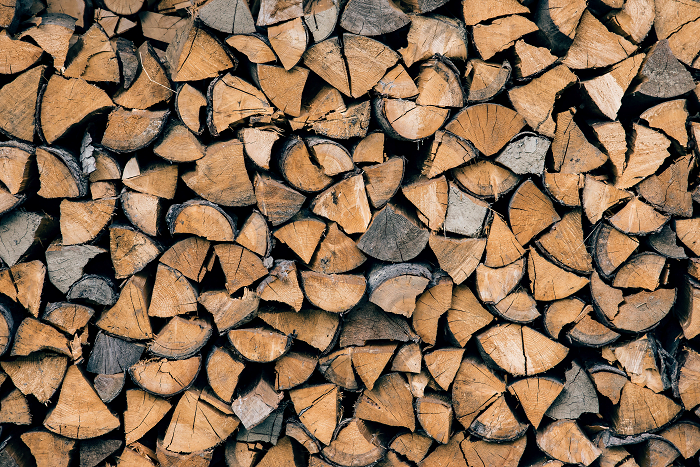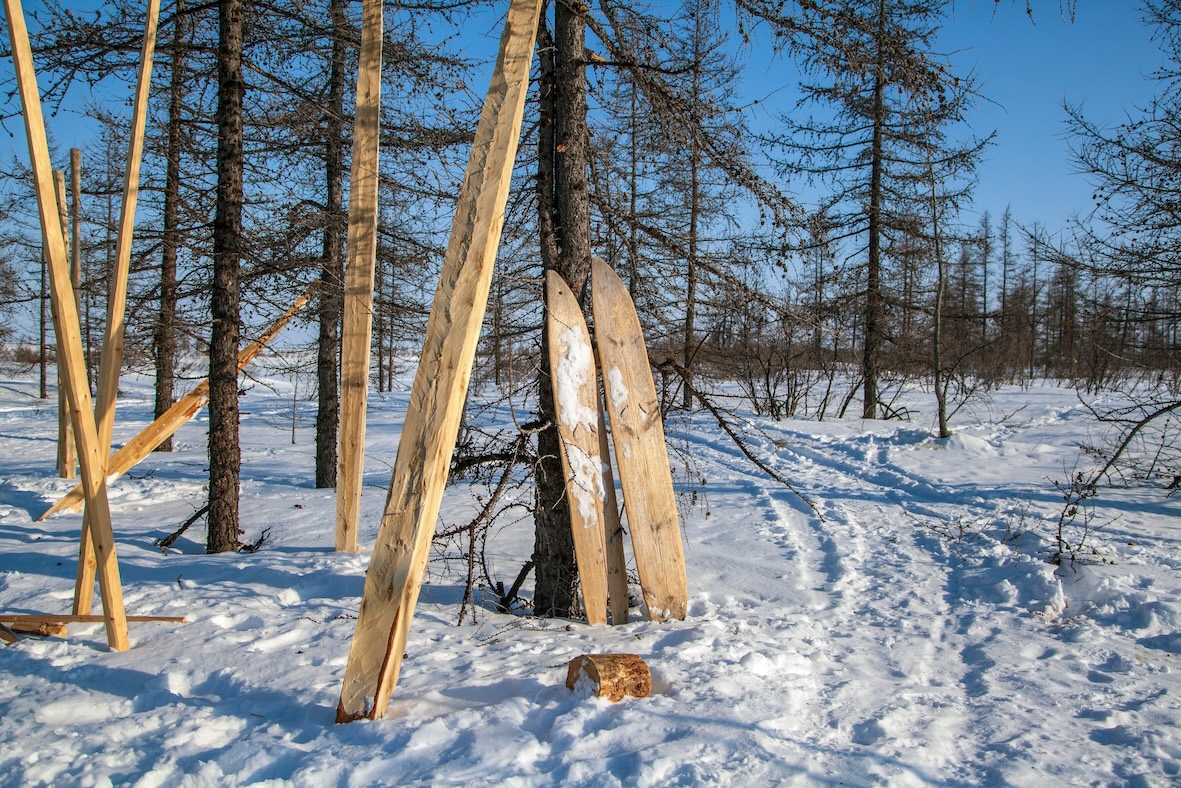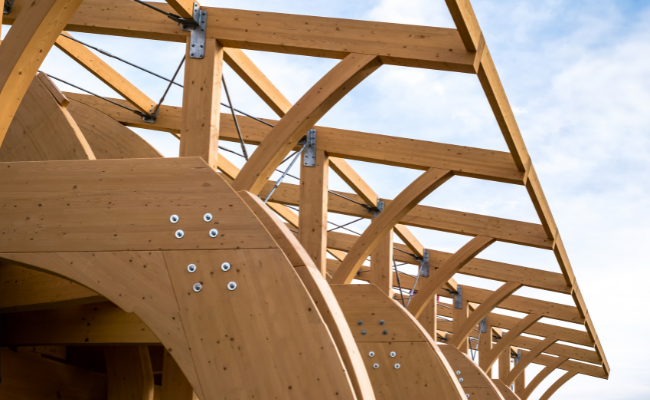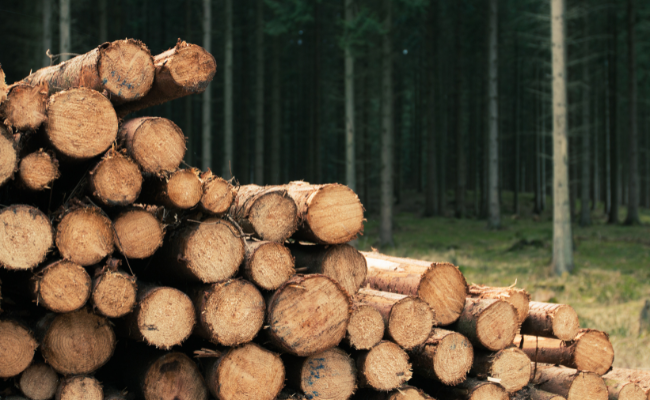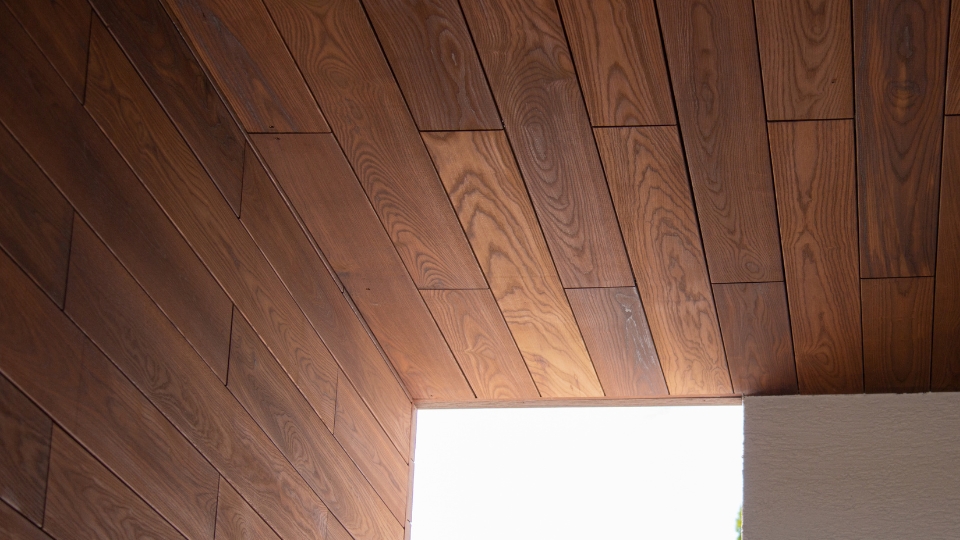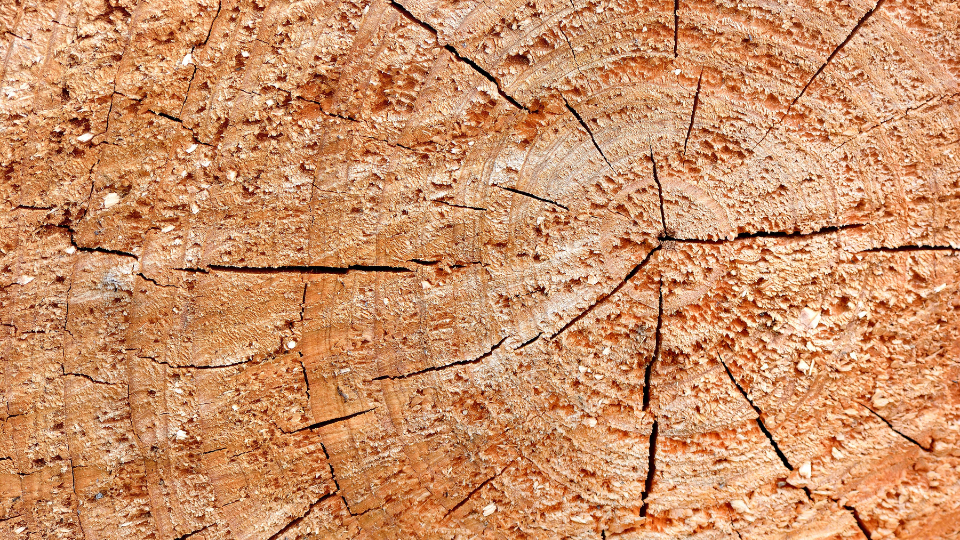The Production Process and Advantages of Wood Briquettes: Unlocking Sustainable Energy Solutions
In an era of increasing environmental consciousness, the demand for sustainable energy solutions is rapidly growing. Wood briquettes have emerged as a viable alternative to traditional fossil fuels, offering numerous advantages for both domestic and industrial applications. This article explores the production process and highlights the technical advantages of wood briquettes and theyr role in shaping a greener future.
How wood briquettes are made
The process of manufacturing wood briquettes entails various steps that transform raw wood residues into the finished briquettes:
- – Raw Material Selection
The production of wood briquettes begins with careful selection of raw materials. It is crucial to choose wood residues from sustainable sources such as sawdust, wood shavings or wood chips. These residues are often obtained from sawmills, carpentry workshops or other wood-processing industries.
- – Drying
The selected wood residues undergo a drying process to reduce their moisture content. Proper drying ensures the efficiency and quality of the briquettes. This is typically achieved through mechanical drying or by exposing the wood residues to low-temperature drying methods, such as air drying or using solar dryers.
- – Size Reduction
After drying, the wood residues are subjected to size reduction processes. This involves crushing or grinding the material to obtain smaller, uniform particles. Size reduction enhances the density and consistency of the briquettes, resulting in improved combustion properties.
- – Briquetting
The prepared wood particles are then fed into briquetting machines. These machines apply high pressure and binders, such as natural lignin or starch, to compress the material into solid briquettes. The pressure and temperature during the process ensure the lignin or starch acts as a natural adhesive, holding the briquettes together.
- – 1.5 Cooling and Packaging
Once the briquettes are formed, they undergo a cooling process to stabilize their shape and structural integrity. After cooling, the briquettes are packaged in suitable containers, ready for storage or transportation to end-users.
Sustainable and Efficient: Exploring the Advantages of Wood Briquettes
- – Renewable and Sustainable
Wood briquettes are a renewable energy source since they are made from wood residues that would otherwise be discarded or left to decompose. Utilizing these residues reduces the need for fresh wood harvesting, minimizing deforestation and preserving natural ecosystems.
- – High Energy Density
Wood briquettes possess a higher energy density compared to traditional firewood. Their compact nature enables efficient storage, transportation, and handling. The concentrated energy content of briquettes translates to longer burn times, providing sustained heat for extended periods.
- – Clean and Environmentally Friendly
When burned, wood briquettes emit significantly fewer pollutants compared to fossil fuels. They have low sulfur and ash content, minimizing the release of harmful gases and particulate matter. Wood briquettes contribute to cleaner air quality, reducing the environmental impact of energy consumption.
- – Versatility and Convenience
Wood briquettes can be used in various heating applications, including residential stoves, fireplaces, industrial boilers, and power plants. Their standardized shape and size allow for easy and consistent feeding into combustion systems. Moreover, their uniform composition ensures predictable burning characteristics and efficient heat transfer.
- – Carbon Neutral
As wood briquettes burn, they release carbon dioxide (CO2), but this is balanced by the CO2 absorbed by trees during their growth. Therefore, wood briquettes are considered carbon-neutral, as they do not contribute to a net increase in atmospheric CO2 levels. This makes them an environmentally responsible choice for reducing greenhouse gas emissions.
